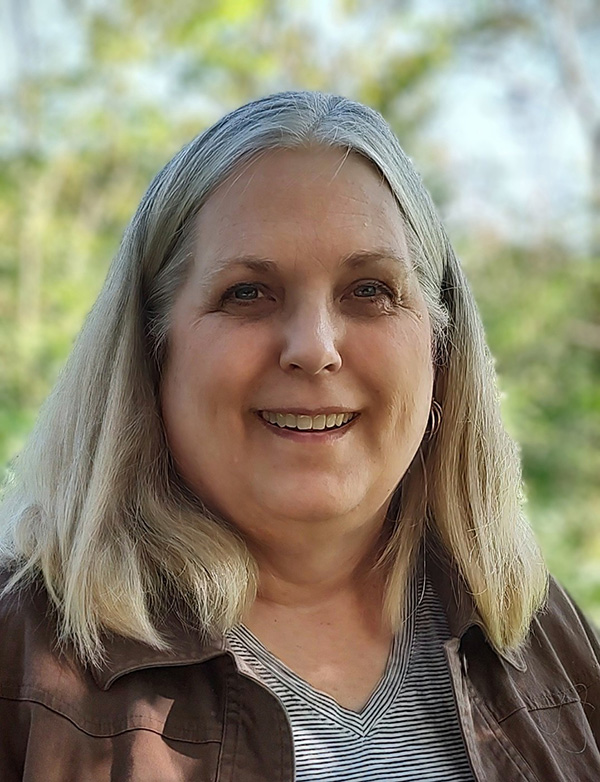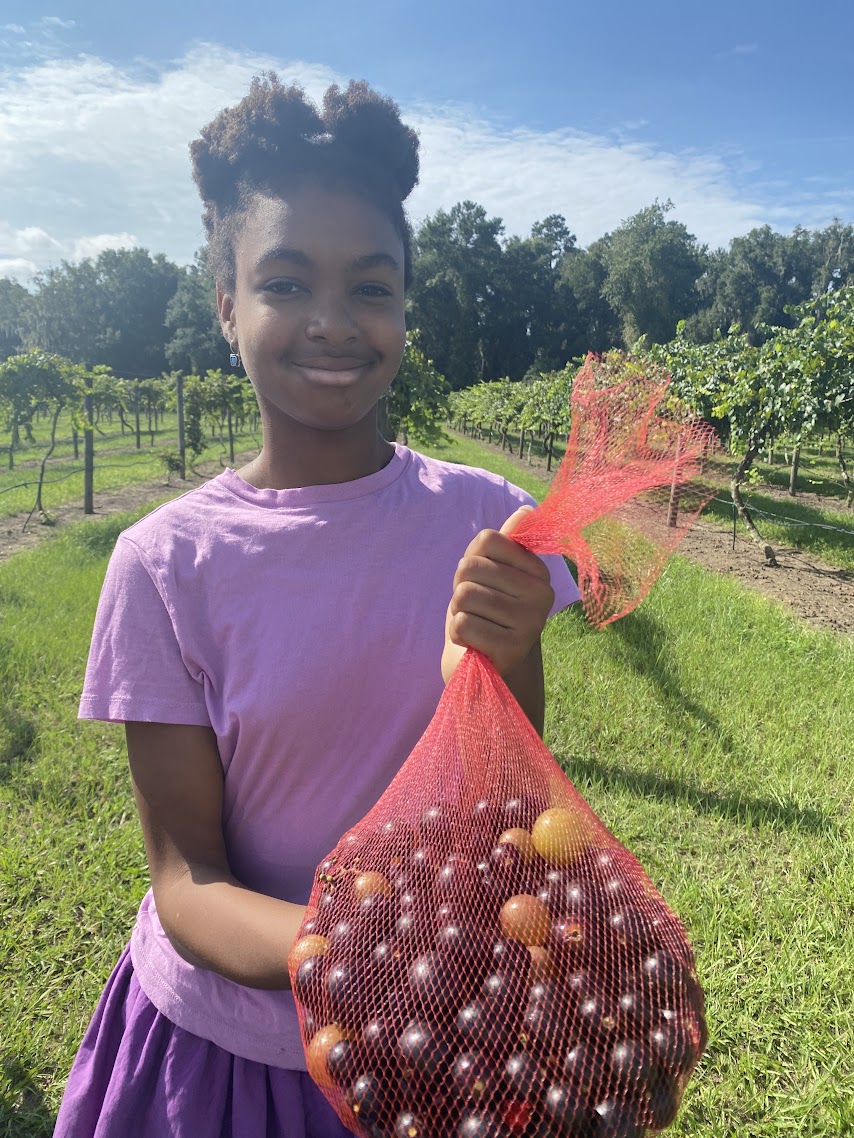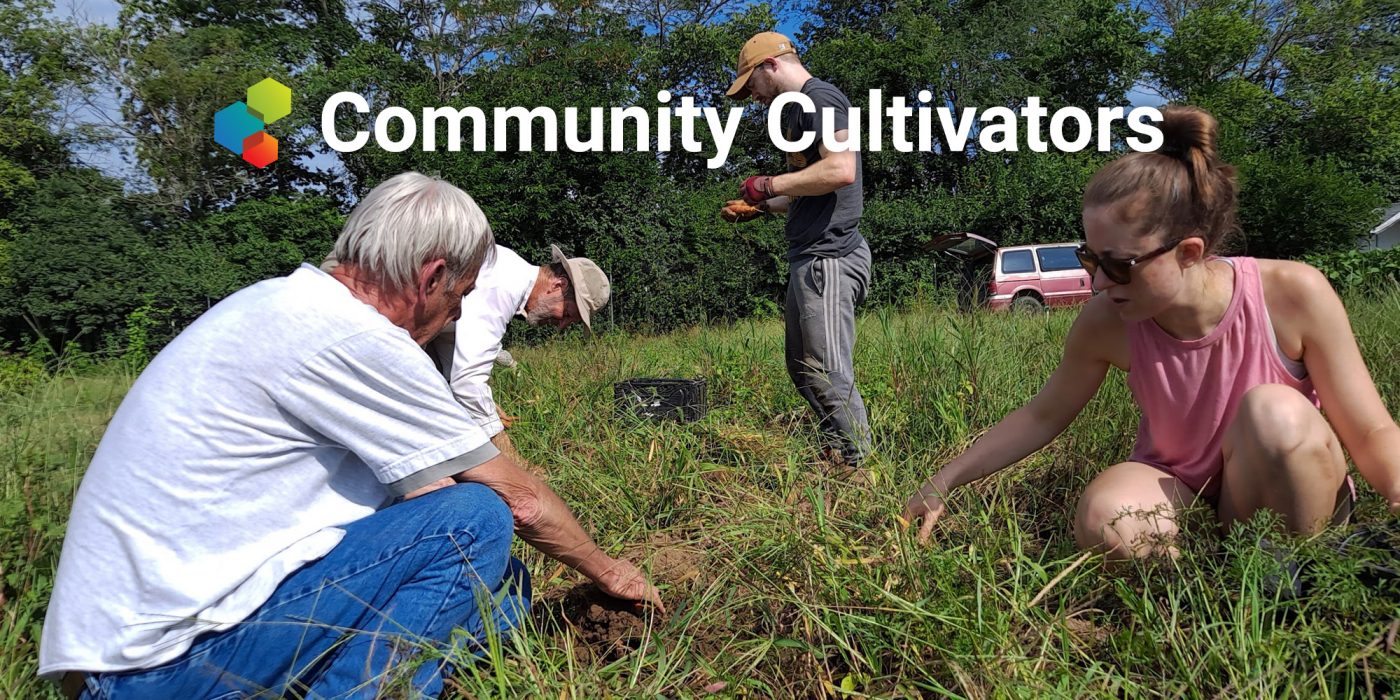Just as Early Learning Nation showcases the ways families, researchers and grassroots nonprofits and organizations are building an early learning nation—one community at a time—our Community Cultivators series highlights how innovators across all sectors build and sustain global communities from the ground up. We hope the series inspires your own early childhood work.

The Community Cultivators series isn’t usually literally about cultivators, but with Lynette Johnson, executive director of The Society of St. Andrew, it just makes sense, especially during Hunger Action Month. She epitomizes the power of bringing farmers and volunteers together to fight hunger—a persistent scourge in the world’s richest country that disproportionately affects BIPOC people in our country. Not surprisingly, the pandemic made things worse for food insecure families.
👉 Read more: The Long-Term Damage of Child Hunger—and What We Can Do to Prevent It
St. Andrew distributed 46 million pounds of food in 2021, about half of which is gleaned, or recovered after the first harvest. With operations in 22 states, the four-decades-old organization specializes in doing good locally. According to Johnson, more than half of the recovered food makes it someone’s table the same night that it’s gleaned, often within just a few miles of the field where it was grown. “It’s really a neighbor-helping-neighbor model of addressing hunger,” she says.
Here are 5 lessons from Johnson about cultivating literally and figuratively.
1. The Good Book is a good place to start. “The staff and I,” Johnson says, “come to this work because we feel called to it.” The nonprofit is named for the apostle Andrew, who spoke to the boy who offered to share his five loaves and two fish with Jesus—who then fed thousands by multiplying this offering. Johnson explains that the Bible commands followers “to care for the people who did not have land on which to grow food. The poor are allowed to harvest the corners of every field.”
Similarly, farmers can harvest a field once, but the poor are granted the second harvest. She explains, “We’ve adapted that principle for use today. We send volunteers in the fields to pick, dig or gather whatever’s left over after commercial harvest.” That food—the gleanings—are distributed to agencies nearby that feed hungry people.
2. No farms, no food. Most of us don’t know or think about where our food comes from. Food systems are designed to keep consumers happily oblivious. As an example, Johnson notes that junk food is often very heavily subsidized. “Someone who’s hungry can go buy a Twinkie for $0.79 or an apple for $0.79, and while the apple is better for them, it has only 70 calories and isn’t going to fill them up, and the Twinkie will have 300 calories and they can go to bed and sleep tonight.”
👉 Discover the Alliance to End Hunger’s advocacy positions
👉 Subscribe to Helena Bottemiller Evich’s Food Fix newsletter

St. Andrew fights hunger in part by reacquainting volunteers with the farmers who grow our potatoes, broccoli and green beans. Many of its farmer partnerships go back decades, enduring good times and bad. “It’s about that feeling deep down inside, doing what you know is right,” says Brent Barbee of Barbee Farms in North Carolina.
According to Feeding America, farms account for 21% of all food waste in the United States. You know who hates that statistic the most? “Farmers don’t want the food to rot in the field,” Johnson says. That’s their worst nightmare, because they’ve used the land, they’ve used their resources, their time and everything else to grow that food.”
St. Andrew provides a service by collecting food that that the farmer would not be able to sell otherwise. Farmers can get a federal tax credit for the food that they give the organization.
3. Volunteers make it work. In an average, non-Covid year, 30,000 volunteers give about 90,000 volunteer hours through St. Andrew. (After a sudden steep decline at the start of the pandemic, numbers are climbing back up.) Opportunities go up on the website a day or two ahead of time.
“Gleaning with St. Andrew,” Johnson says, “is one of the few things that I know of in current society that the whole family can do together in a meaningful way. We have kids as young as, well as infants, strapped to their parents’ backs gleaning with us, and certainly at 1 or 2 actively taking part in the gleaning.”
👉 Volunteer to glean with the Society of St. Andrew
Johnson says that volunteers report eating differently and seeing food differently after their experience. “Farmers are getting just 4% or 8% of what they pay at the grocery store for food,” she explains, “whereas if they’re buying it directly from the farmer, the farmer’s getting 100%.”
Volunteers might start shopping at farmer’s markets and farm stands more often. “After they’ve gleaned with us, they actually talk to farmers like they’re real people,” she laughs. Moreover, volunteers who unload food might discover a food pantry or soup kitchen, becoming activists in the campaign against hunger. “You can’t truly appreciate the weight, the importance, or the accessibility of gleaning, until you do it,” says Jim, a volunteer in Ohio.
👉PBS Kids: Tips for Volunteering with Kids
4. Go for you dream job, but be patient. Johnson has been with St. Andrew a little over 12 years, with nearly half of that time in the executive director role, but the organization was on her radar long before that. In 1986, while working as a church educator in South Carolina, she read a magazine article about St. Andrew’s Harvest of Hope retreat, which educates participants about hunger, introduces them to gleaning and encourages them to commit to serving others. The story stayed with her. And wouldn’t let go.

“For 30 years, whenever I got really tired of my job, I’d go to the website and see if there was a job I could afford to take. My children got so tired of me talking about how much I wanted to work there. Then one day the opportunity came up, and here I am.”
5. Look out for curve balls. Shortly after starting at St. Andrew, Johnson learned that her son, a second-year law student, had a brain tumor. “Everybody’s struggling with something,” she observes, saying she spent most of this period worrying from afar.
Today, Jake Patterson, 29, is a practicing attorney. Johnson’s daughter, 26, is a wildland firefighter in Northern Calif., and her youngest is 21. He’s in the army stationed in Tacoma, Wash. The pandemic, of course, was another kind of nasty surprise. You can’t glean by Zoom, but Johnson and her team quickly adapted. Because of their participation in the USDA Farmers to Families Food Box program (now discontinued), they distributed more pounds of food than ever in 2020 and 2021.
For the farmers, the volunteers and, especially, the 18.6 million people who eat the food their efforts makes available, Lynette Johnson and the Society of St. Andrew are truly making a difference.

Mark Swartz
Mark Swartz writes about efforts to improve early care and education as well as developments in the U.S. care economy. He lives in Maryland.



